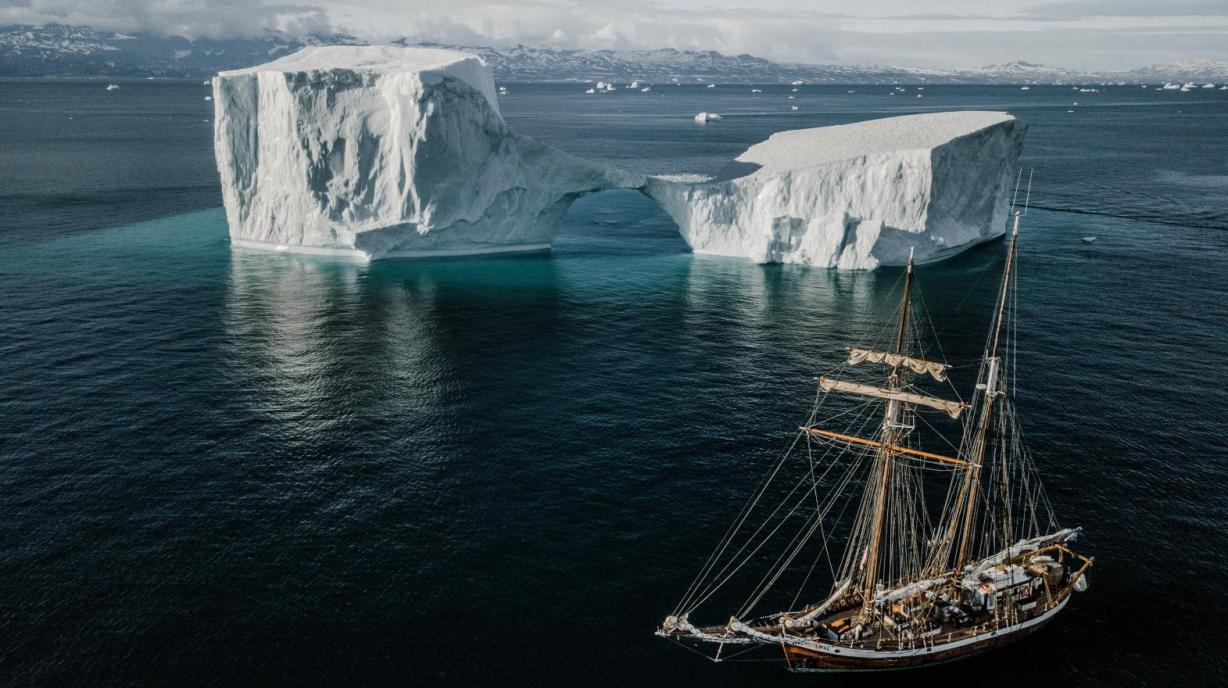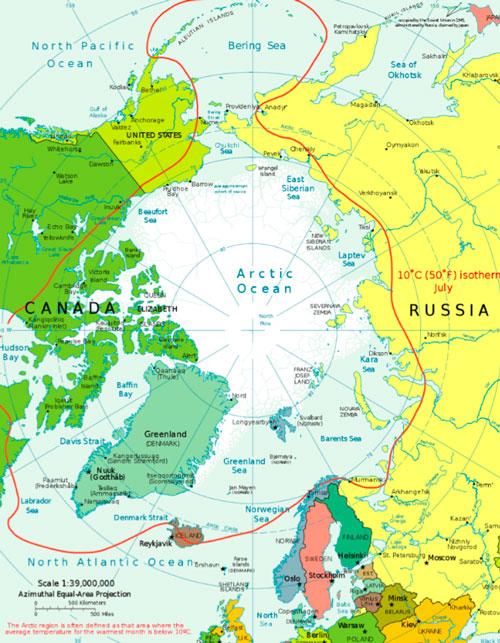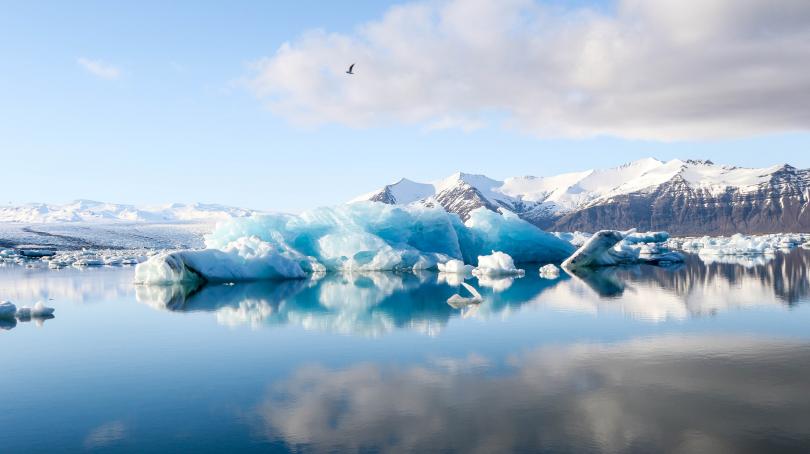
Health and environment

Photo by Annie Spratt on Unsplash
Norway made a historic decision by refusing oil exploration in the Lofoten archipelagos, north of the Arctic circle. It paves the way for preserving the environment for other countries that could be tempted to give in to the Cold Rush. The region is full of oil reserves that have many licking their lips, especially Russia. For the moment, the extreme arctic drilling conditions are a technological challenge that prevents its exploration. By banning arctic drilling as Norway has, other member states of the Arctic Council can save the Arctic sea ice. Their force lies in their unity.
Rarely will inaction have been so productive. This conclusion comes directly from our recent scientific article looking at strategies for Arctic extraction: do nothing. And every countries with access to the resources should follow it, to meet the two-degree warming goal of the UN. The environmental stakes are tremendously high. Apart from melting ice, an oil spill could have devastating effects on the region’s fragile ecosystems. But the Arctic also contains around a quarter of all unexploited oil and gas reserves, making their extraction both economically attractive and environmentally hazardous. The members of the Arctic Council (the countries that have access to it)1 appear uncertain. All but Russia, with its no-holds-barred approach.
The Arctic covers 14.5 million km2 and includes the North pole, the Arctic Ocean and the territories belonging to it. Definitions abound concerning its limits. The Arctic is often defined as the Polar circle, located at 66 degrees 33 minutes North. Others refer to the line of the average July temperature of -10 degrees Celsius. Some also consider “the treeline” drawing the northern limit of stands of trees on land. Regardless of the definition chosen, the Arctic is a mass of oil and gas reserves. However, a wide definition of its territories implies that Russia, and other countries, have already reached the Arctic territory through the northern seas. It is important to know which definition is being used to avoid misunderstanding and to be clear about the geographical areas at stake. The map below shows the difference between the first two limits.

Russia is rolling out numerous plans and technologies to overcome the harsh Arctic conditions. Ironically, climate change will ease the way, offering access to areas that have so far been inhospitable. But for now, one big obstacle remains: existing technology is insufficient for the area’s extreme weather and sea conditions.
According to the International Energy Agency, the profitability of Arctic drilling depends on the price per barrel of oil. For the time being, exploitation costs are not justified by the prospective gains. We estimate that Russia would drill in the hardest areas only if the price exceeds production costs of $100 per barrel in the long term. Currently, the price of oil hovers around $60 per barrel2.
Industry representatives themselves say that “the full potential in the Arctic can only be tapped through innovation and technological improvements and by getting costs down »3.
Costs are too high for Russia to go in alone. But what would happen if other states decided to follow? Costs would decrease thanks to technological improvements due to investments by firms and research institutions. It is well established by economic research that the larger the market for a certain technology is – in this case, rigs, boats, and possibly pipelines that can cope with Arctic conditions – the greater the investment. And, consequently, the cheaper the technology becomes for all who use it. Economists McDonald and Schrattenholzer4 estimate the spillovers in terms of reducing production costs in the energy sector and conclude that doubled market size typically lowers costs by 25%.
Russia would move first if it knew that other countries would follow. But many members of the Arctic Circle seem unwilling, led by Norway, Canada, and Denmark. In fact, their ecological convictions could even be opposed to Arctic oil extraction. By refusing the oil exploitation in the Lofoten islands Norway recently demonstrated it. Its refusal is a strong signal as it is often called "the gateway to the Arctic" because it contains the most accessible and least harsh arctic areas. It shows that potential gains do not compensate for environmental damages.
As Russia’s action is contingent on other countries' decision, they have a strategic advantage. They must be environmentally adamant and to refuse to take part in the oil extraction, as Norway did. That would increase extraction costs, which might lead to a chain reaction. More indecisive countries, such as the United States, would be even less convinced of the wisdom of Arctic drilling. As a consequence, Russia would think twice before going it alone.

Photo by Jeremy Bishop on Unsplash
A collective decision is more powerful. By forming a coalition, Arctic countries can take a unified position and say “no” to Russia’s bid. Such joint barriers have already been successful. In 2014, the United States, the European Union, and many other countries imposed sanctions against Russia in response to its annexation of Crimea. On that occasion, they prohibited the export of goods, services or technologies supporting Russian deepwater exploration or production in the Arctic. This led ExxonMobil, an oil company, to stop its work with Russian firm Rosneft, which consequently suspended its exploration of the Victory oilfield in the Kara Sea. By joining forces, the countries can effectively check Russia’s arctic ambitions.
At the moment, if Russia decided to extract fossil resources alone, the production costs would be around $100 per barrel. If all Arctic countries invested in the extraction, this cost would be reduced to $56. But what would happen if some countries decided to form a coalition to prevent oil extraction? What impact on the cost of production might it have? We estimated each state’s impact on market size in relation to the size of their prospective reserves.5, 6
Canada, Norway, and Greenland together have a significant influence on extraction costs, and this could halt Russia's foray into the Arctic. In any case, the current oil price does not compensate for the high cost of technologies. “Doing nothing” is a strategy that pays off, both from an environmental and an economic perspective.